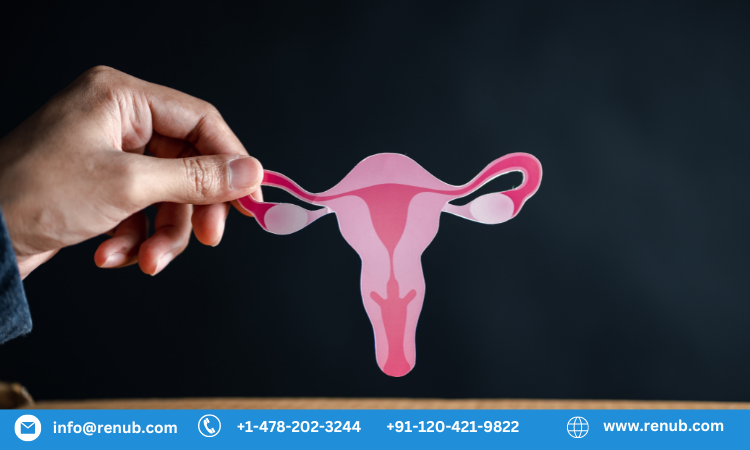Introduction
Who hasn’t longed for a soothing massage after a hard day’s work? But have you ever considered the potential of massage as a chronic pain management technique? In this comprehensive guide, we aim to delve into the myriad benefits of massage therapy, particularly focusing on its role in managing chronic pain conditions.
It’s fascinating to delve into the science behind massage and its role in easing pain. Many of us see massage as a luxurious treat, yet it’s much more than a fleeting indulgence. It’s a time-tested therapy with roots in ancient civilizations, now backed by modern science, offering genuine pain relief.
The magic, or rather, the science, starts when the masseuse applies pressure on your body. This action stimulates the nervous system, which responds by releasing ‘feel good’ chemicals like endorphins, serotonin, and dopamine. These natural painkillers reduce stress, stimulate positive emotions, and ease physical discomfort. Simultaneously, massage helps suppress the release of the hormone cortisol, which is associated with stress and pain.
Furthermore, massage can increase blood flow to sore, strained muscles, aiding their recovery. It encourages the body to eliminate toxins and metabolic waste that contribute to muscle tension and discomfort. By doing so, it fosters better oxygen and nutrient supply to these areas, promoting faster recovery and reduced pain.
In essence, massage therapy is a holistic approach to pain management, supporting both the body and mind. It’s not just about pampering yourself, but nurturing your health and wellbeing. As science continues to uncover the benefits of massage, it’s becoming increasingly clear that this form of therapy has a vital role in a balanced, healthy lifestyle.

Remember, it’s always important to consult a professional therapist who can tailor the massage to your specific needs and health conditions. So, why not consider incorporating this ancient art into your pain management routine? After all, the science is there to back it up.
Understanding Chronic Pain
Chronic pain, defined as pain lasting for more than three months, can be a debilitating condition, seriously hampering the quality of life. It can stem from various health conditions such as arthritis, fibromyalgia, migraines, and back problems. Traditional pain management techniques often involve medication, which can sometimes lead to dependency and adverse side effects. This is where alternative therapies like massage can play an integral role.
The Power of Touch: An Overview of Massage Therapy
Massage therapy has been a cornerstone of wellness and relaxation for centuries. It involves manipulating the body’s soft tissues through pressing, rubbing, and kneading, helping to relieve stress, tension, and pain. But the benefits of massage extend far beyond just relaxation. It can also help to improve circulation, enhance flexibility, and reduce inflammation, making it a valuable tool in chronic pain management.
Types of Massage Techniques for Pain Relief
There are numerous types of massages, each designed to target specific issues. Deep tissue massage focuses on the deeper layers of muscle and connective tissues, ideal for relieving chronic muscle tension. Swedish massage, known for its long, gliding strokes, can boost circulation and promote relaxation, helping to alleviate pain. Sports massage, on the other hand, is geared towards athletes and can aid in preventing and treating injuries, as well as managing pain.
The Science Behind Massage and Pain Relief
Massage works by stimulating the body’s natural painkillers, and endorphins, which can help to reduce the perception of pain. It also aids in reducing cortisol levels, a hormone associated with stress and inflammation, which can exacerbate chronic pain conditions. Furthermore, massage can improve blood flow, ensuring that oxygen and nutrients reach the body’s tissues, aiding in healing and pain relief.
How Massage Therapy Contributes to Chronic Pain Management
Incorporating massage therapy into a chronic pain management plan can provide numerous benefits. It can offer a natural, non-pharmacological approach to pain relief, reducing the reliance on medication. Regular massages can also help to improve sleep quality, a crucial factor in managing chronic pain. Moreover, it can enhance overall well-being, reducing stress, and anxiety, which often accompany chronic pain conditions.
Conclusion
There’s no denying the significant potential of massage therapy in the realm of chronic pain management. Offering a natural, holistic approach, it can alleviate pain, reduce stress, and enhance overall well-being. While it’s not a cure-all, it certainly warrants consideration as part of a comprehensive pain management plan. So, next time you’re battling chronic pain, consider turning to the power of touch for relief.




